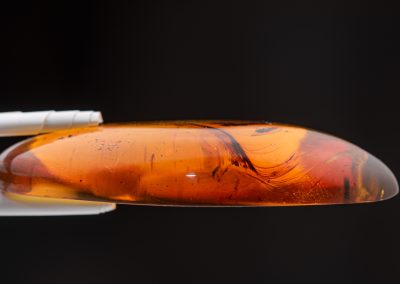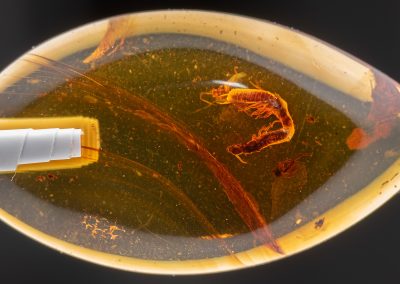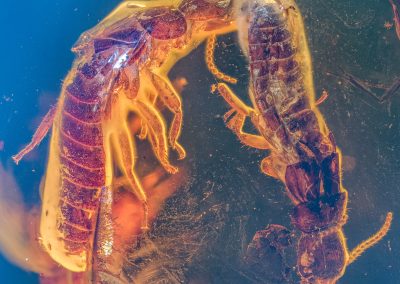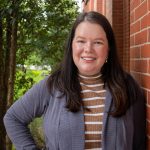Mizumoto recreates fossilization process to test tandem run hypothesis

Nobuaki Mizumoto
An assistant professor in the Auburn University Department of Entomology & Plant Pathology recently found evidence that termites living millions of years ago mated the same way termites do today.
Nobuaki Mizumoto was part of an international team of researchers who found the evidence in a 38-million-year-old piece of fossilized amber — the only known fossil of a pair of Electrotermes affinis termites.
Fossils holding more than one specimen provide rare direct evidence of behavioral interactions among extinct organisms, and the findings from this particular fossil were recently published in Proceedings of the National Academy of Sciences, a leading, peer-reviewed scientific journal.
“Amber provides one of the most detailed and vivid records of extinct life,” Mizumoto said. “However, the process of fossilization may distort the true picture of past organisms and bias evidence.”
In this case, the termites — one male and one female — in the Baltic amber inclusion show a head-to-abdomen contact that resembles the courtship behavior of termites today called the “tandem run.” During this mating behavior, the insects display coordinated movements to ensure they stay together while exploring a new nest site.
However, one of the extinct termites is turned parallel to its partner — a variable from how this behavior is seen today.
Mizumoto and his colleagues theorized that when the termites were fossilized — in this case, encased in sticky tree resin — their positions may have shifted because the process was not instantaneous.
“Our approach focused on how fossils are created and how behavior changes during the insect’s death,” Mizumoto said.
To test their hypothesis that the forces during amber formation can explain the shift in position, Mizumoto and his colleagues simulated this process in the lab.
“We simulated the first stage of amber formation, the immobilization of captured organisms, by exposing living termite tandems to sticky surfaces,” he said. “We found that the posture of the fossilized pair matches trapped tandems and differs from untrapped tandems. Thus, the fossilized pair likely is a tandem running pair, representing the first direct evidence of the mating behavior of extinct termites.”
The experiment on mating termites showed that even if the leading termite got trapped on a sticky surface, the follower would not abandon its partner but walk around them — resulting in a position very similar to the pair immortalized in amber.
Beyond confirming their theory, the researchers were able to estimate that the male likely performed the leader role in the fossilized tandem.
The finding is significant because it demonstrates that past behavioral interactions can be reconstructed despite the spatial distortion of body poses during fossilization.
Mizumoto began this research at the Okinawa Institute of Science and Technology, where he worked prior to joining the faculty at Auburn in January. He worked alongside Ales Bucek, the head of the Laboratory of Insect Symbiosis at the Czech Academy of Sciences who first found the fossil in an e-shop for fossil collectors.








